Abstract photography is a fascinating genre that allows you to present ordinary subjects in a unique and imaginative way. Abstracts allow you to get really creative with your photos, producing stimulating images that grab and hold the viewer’s attention. So what’s the key to creating amazing abstract images? In this tutorial you’ll discover six easy ways to create stunning abstract photos with your iPhone.
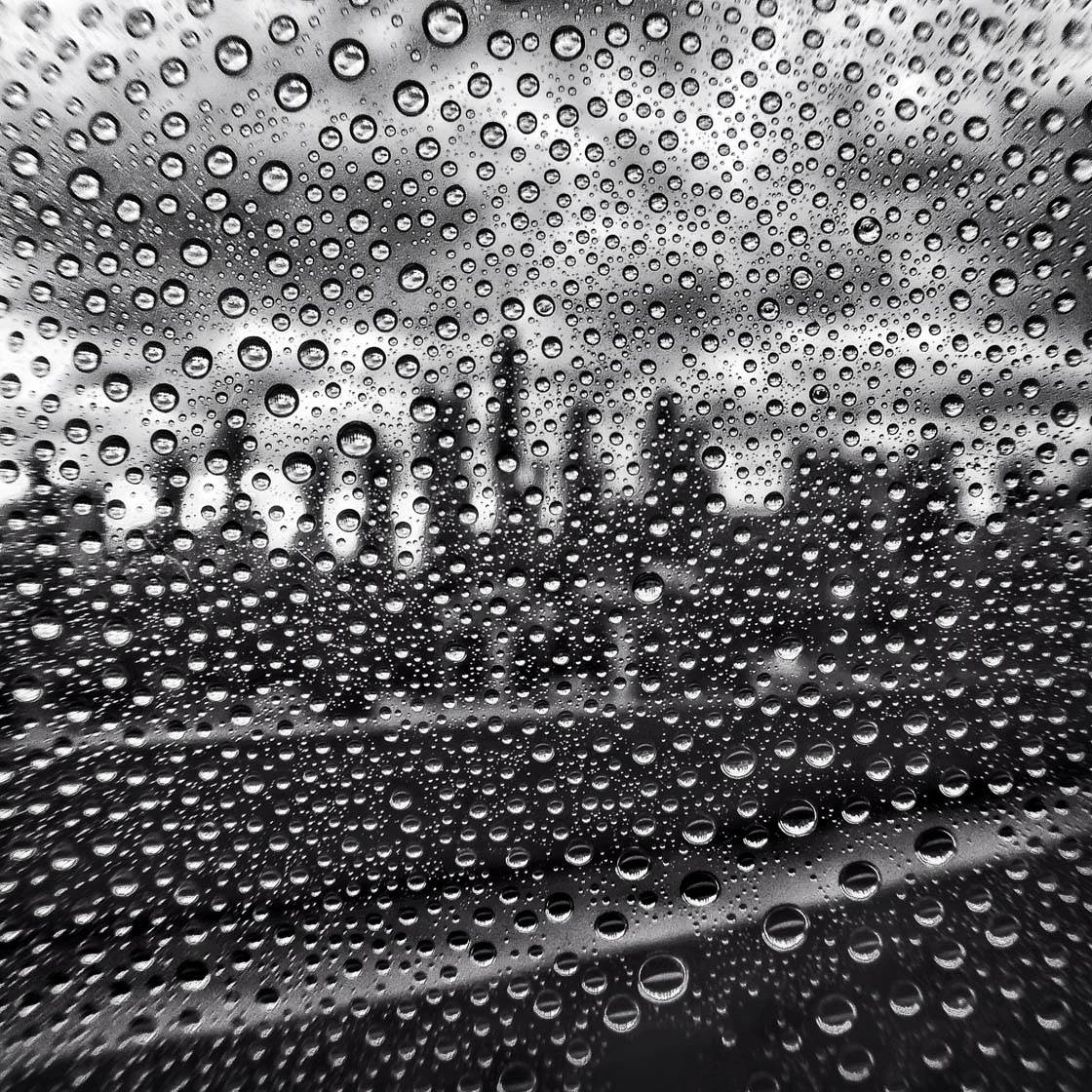
Creating abstracts is all about focusing on a particular aspect of the subject, without revealing everything about it. For example, you might concentrate on design elements such as patterns, lines, shapes, colors or textures. Or you could use reflections and shadows.
So the focus of the picture should be a particular aspect of the subject, rather than the subject itself. Your aim is to create an image where the viewer can get lost its elements, pulling them in and making them feel emotionally drawn to your work of art.

So let’s take a look at six highly effective techniques that you can use to create mesmerizing abstract images with your iPhone.
1. Look For Shapes, Patterns & Lines
Elements such as shapes, patterns and lines are perfect for creating an abstract work of art. These features create strong geometric designs that instantly catch the viewer’s eye – even before they know what they’re actually looking at.
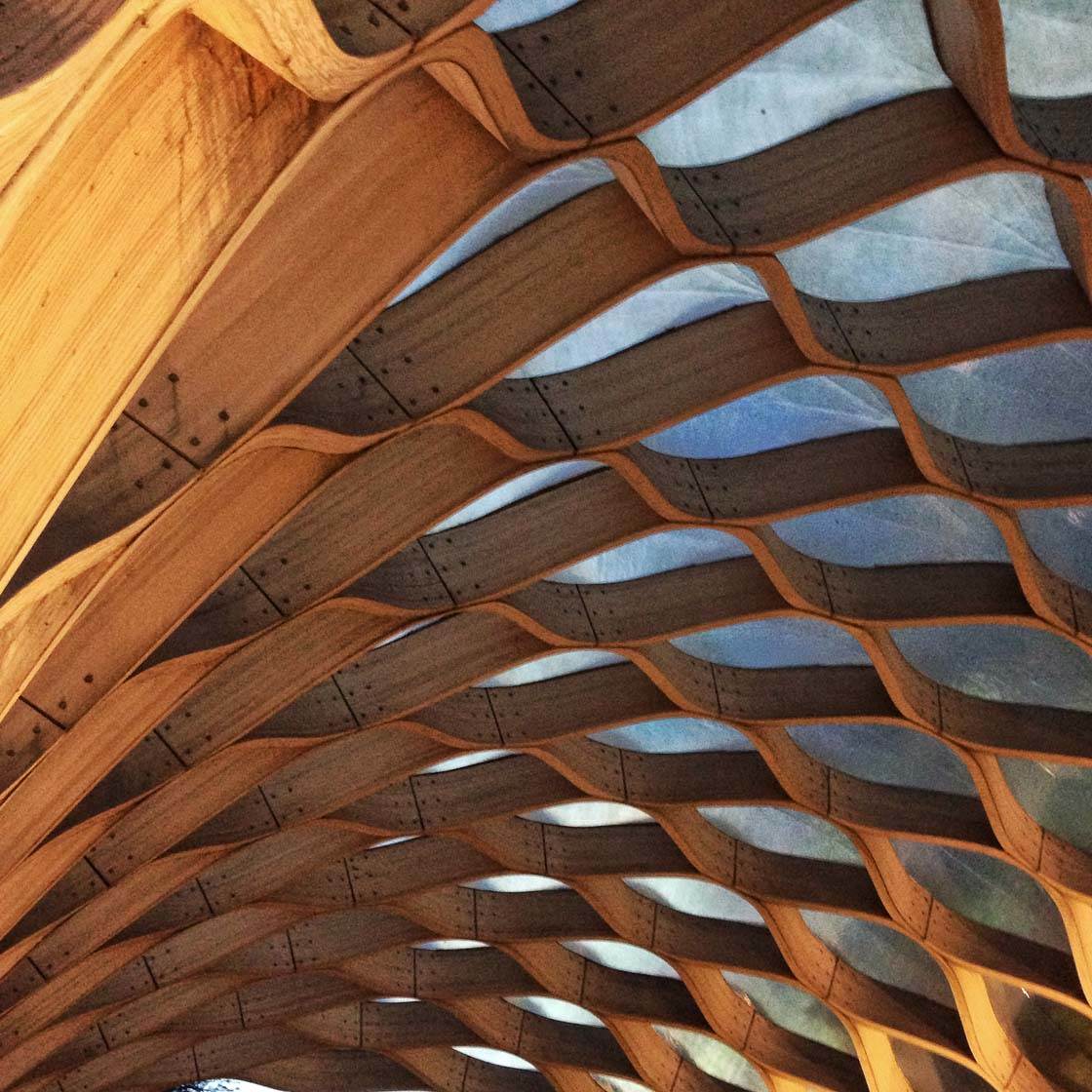
Architecture is great for finding interesting geometric features, so look out for shapes, lines and repetitive patterns whenever you’re exploring the inside or outside of a building.

To create an abstract shot, get close and fill the frame with the pattern. Use leading lines in the pattern to draw the eye from one part of the frame to another.
Experiment with symmetry, and try out different shooting angles until you achieve a strong composition that draws the viewer into the image.
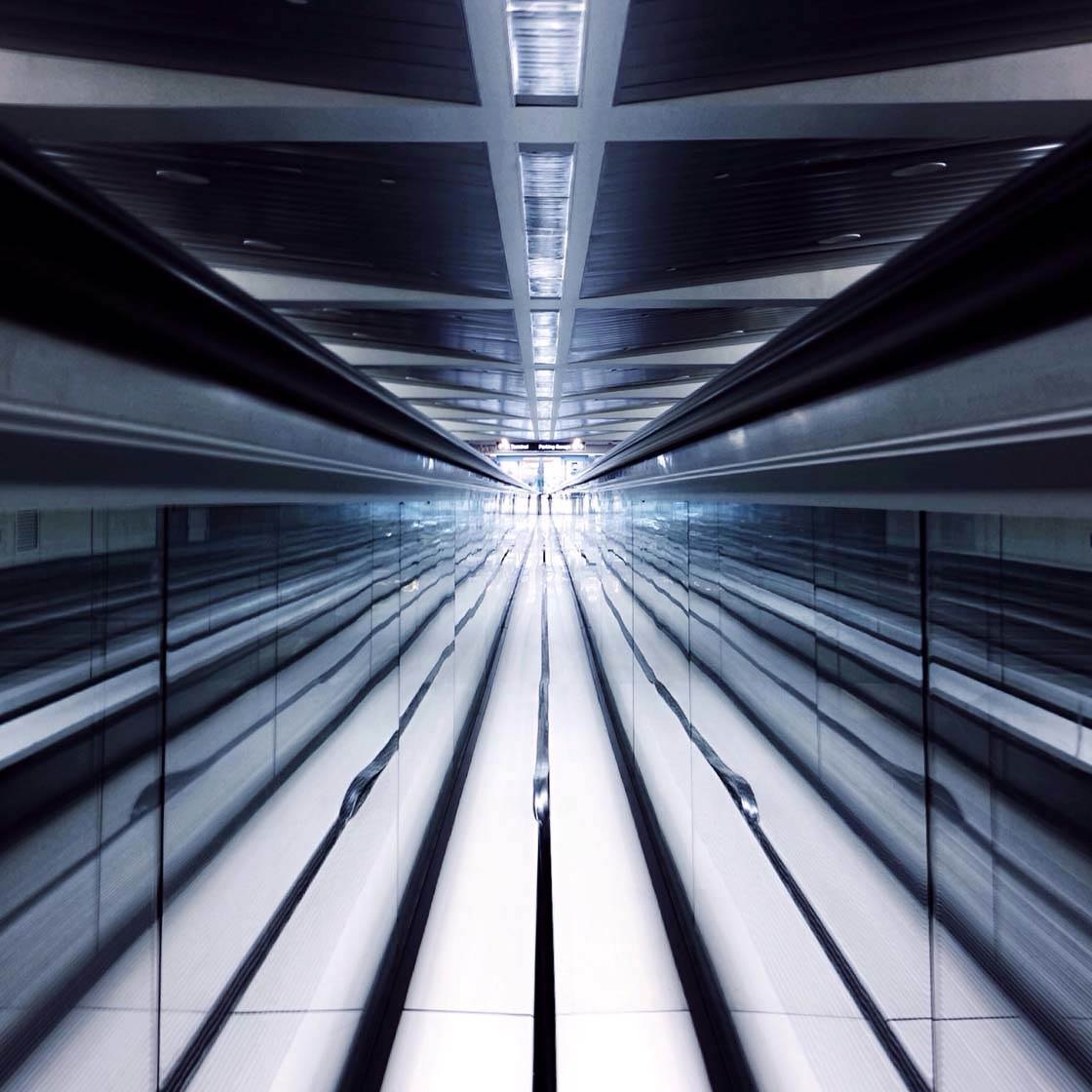
Stairwells are another great place to create abstract images – particularly spiral staircases. If you stand at the bottom of the stairs and look up, you’ll notice the interesting shapes and lines above you.
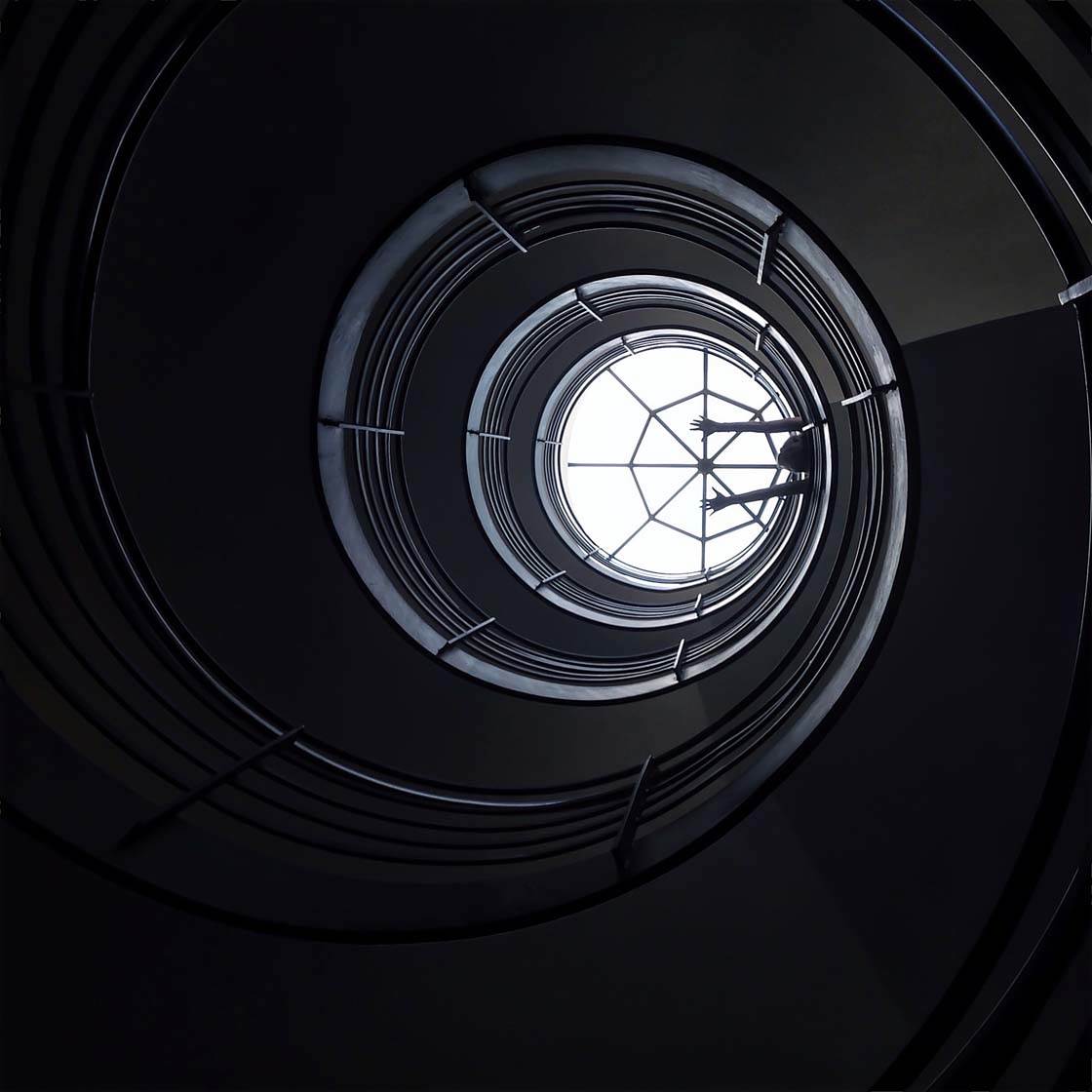
Use these shapes and lines, together with the light and negative space, to compose a beautiful abstract image that emphasizes the geometric elements in the scene.
2. Photograph Interesting Textures
Texture is an important component in abstract photography. Textures offer an opportunity to photograph interesting patterns, as well as creating more “tactile” images that make the viewer want to reach out and touch the photo.
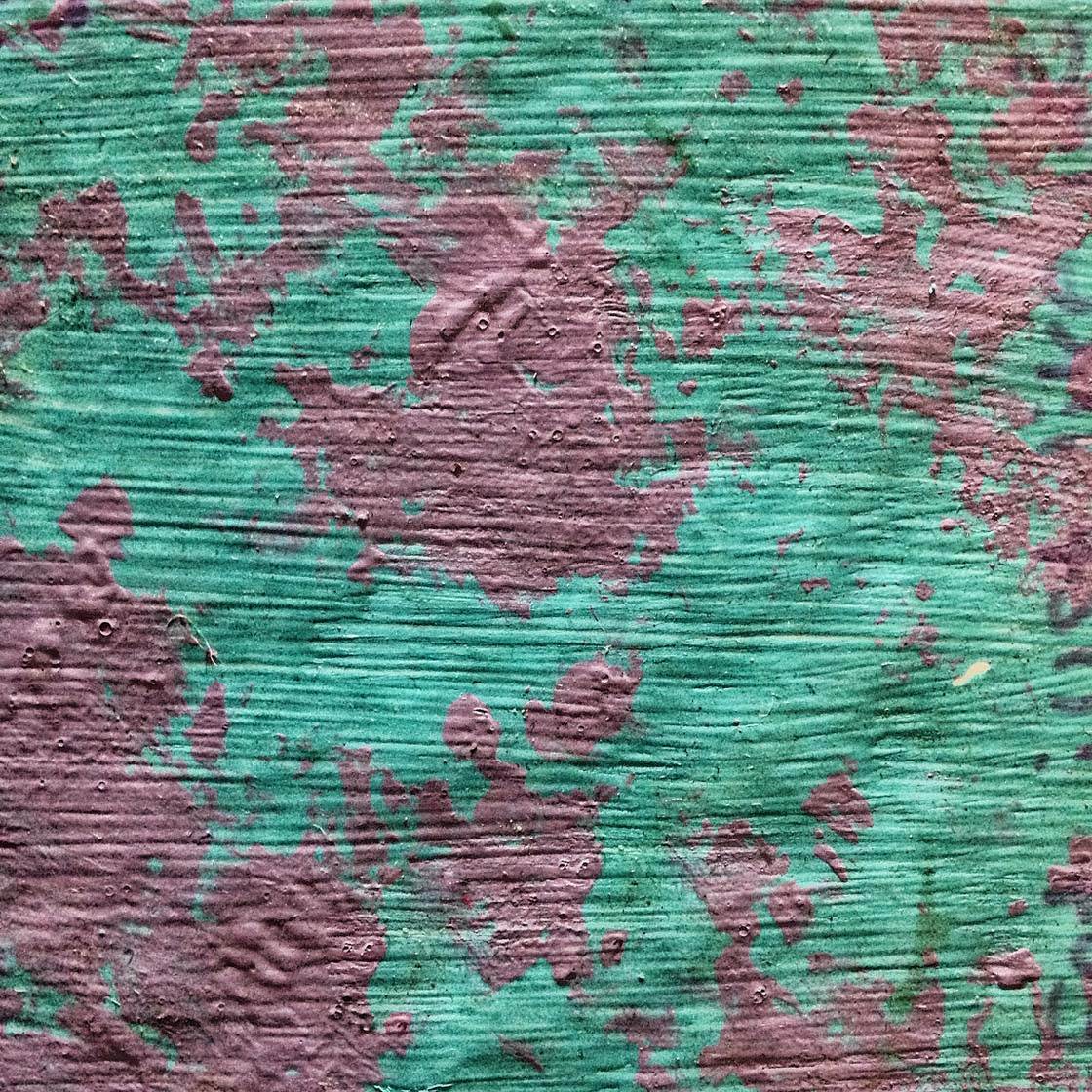
We often think of textures as being rough to the touch, but smooth textures such as water or shiny surfaces can be just as effective.
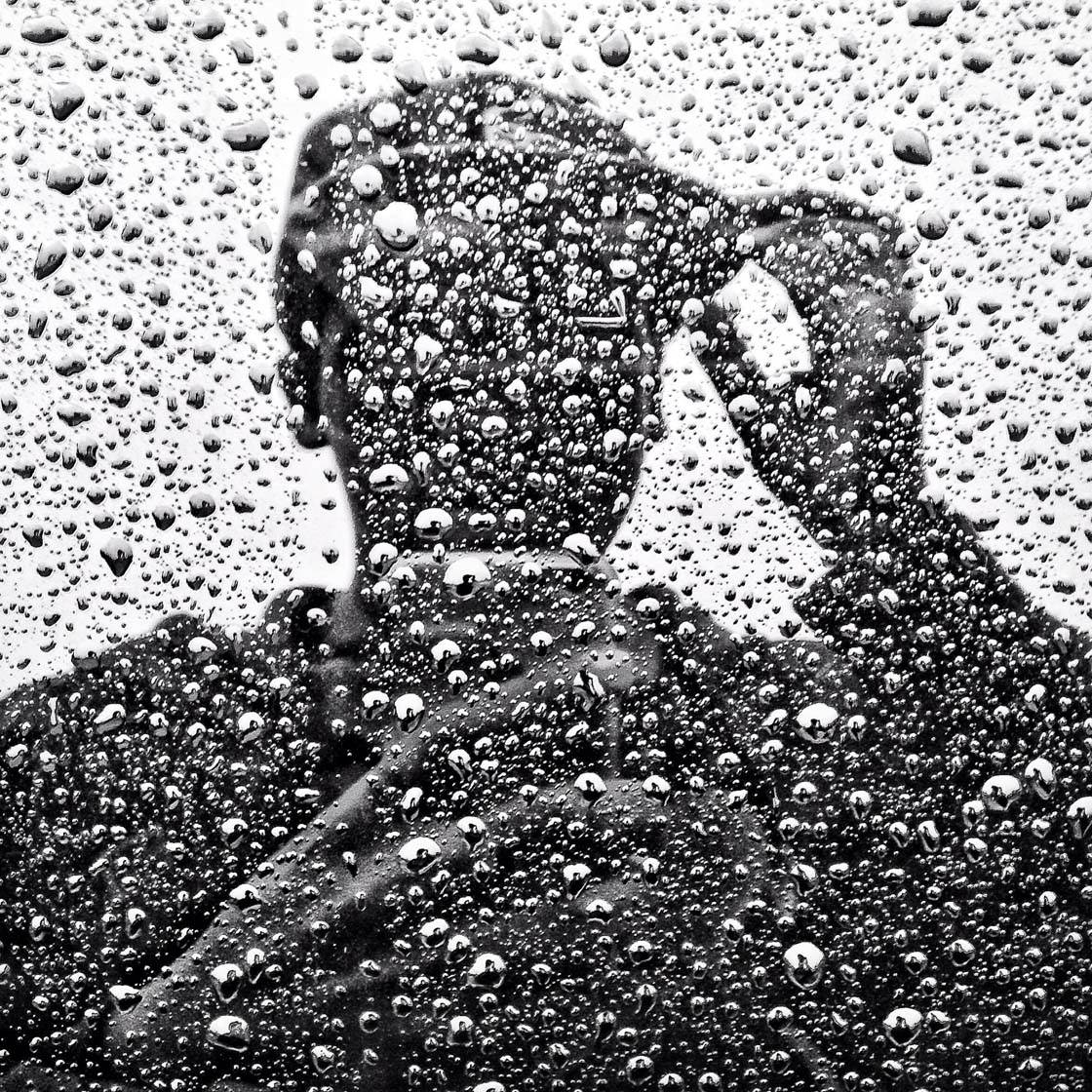
Examples of texture include peeling paint, rough wood, sand dunes, icicle formations, water droplets, and ripples on bodies of water. Depending on the texture, you might need to shoot from a close angle to capture its intricate detail.
Fill the entire frame with the texture so that you remove it from its context – this focuses attention onto the abstract detail of the texture.
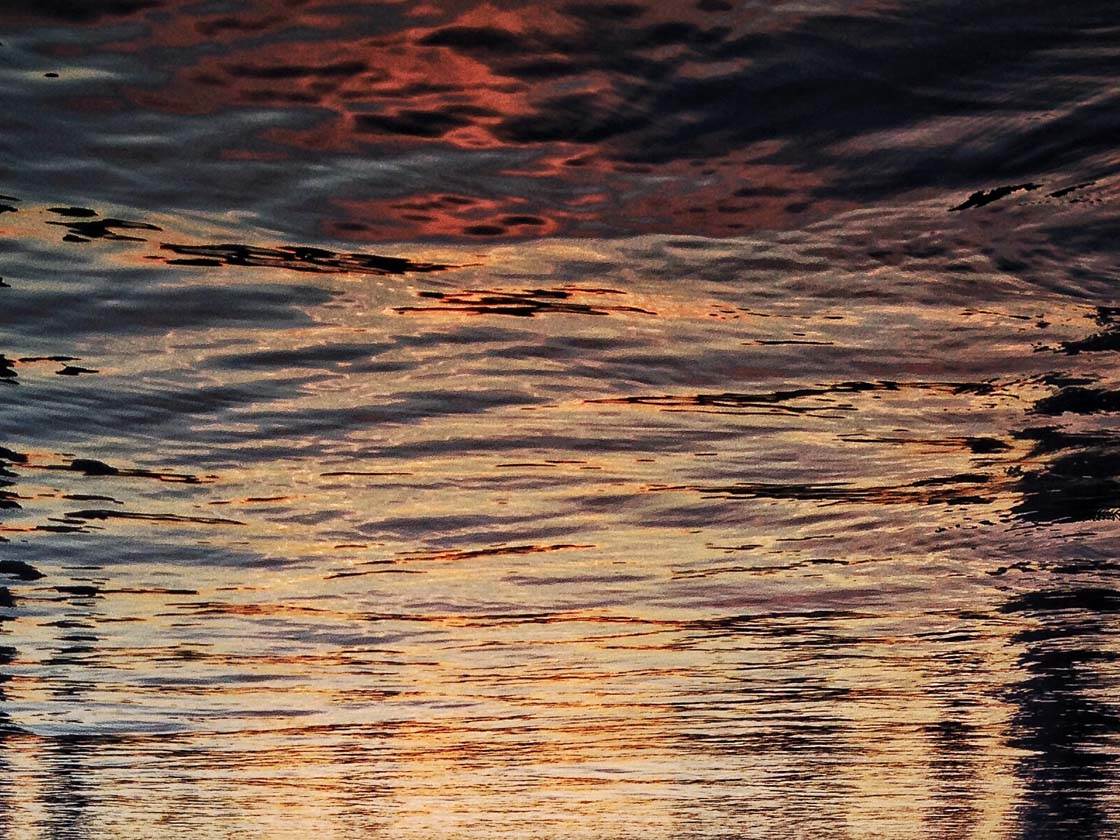
Notice how the light affects how the texture appears at different times of the day. The strength and direction of the light source will change the appearance of the texture.
3. Capture Reflections
Reflective surfaces offer a great opportunity to create interesting abstract images. Capturing reflections that are distorted in some way will give your images a unique quality.
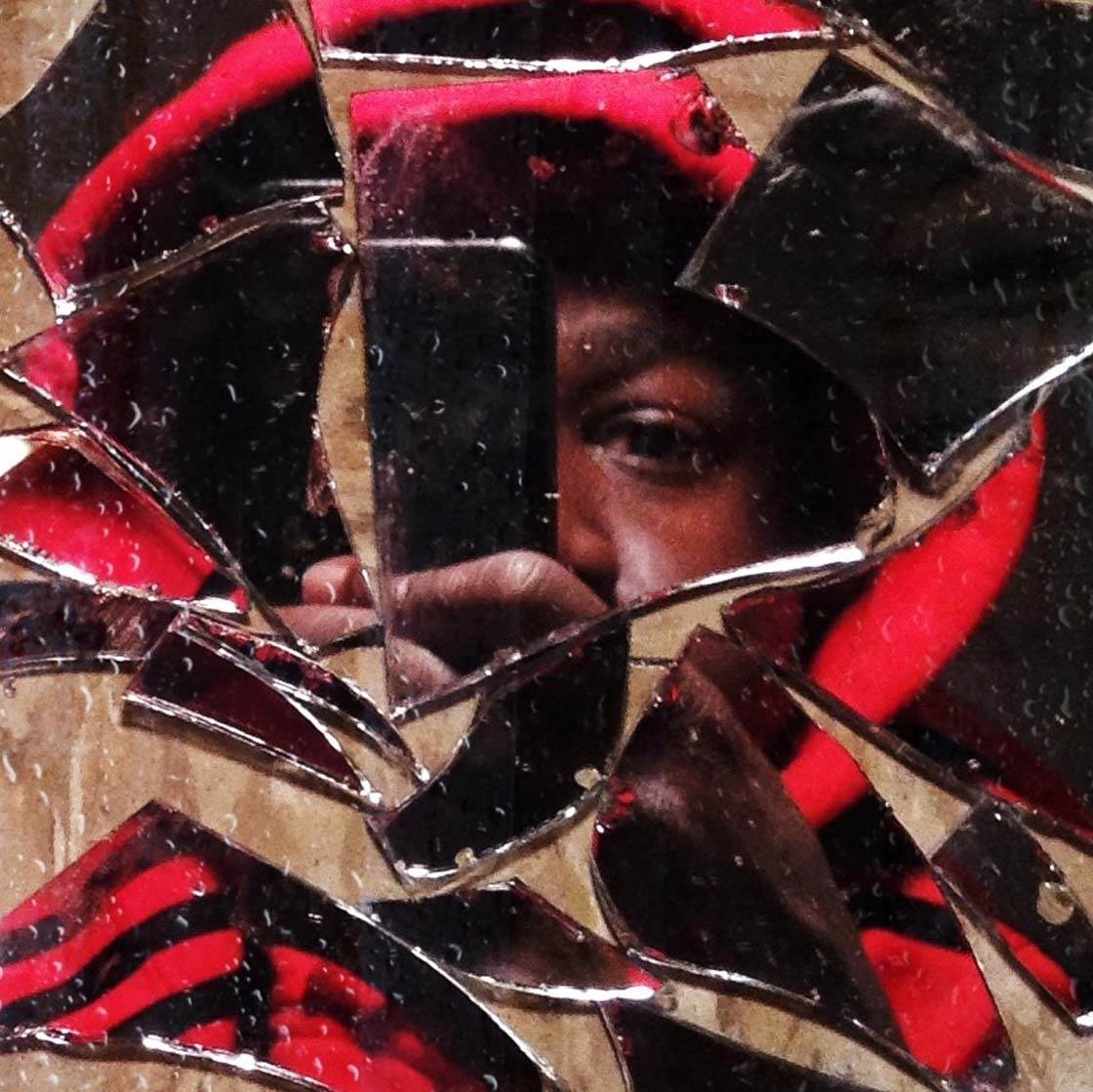
Be on the lookout for shiny surfaces such as polished floors, or metal objects like cars, trains, buildings or sculptures. Even a broken mirror can be used!
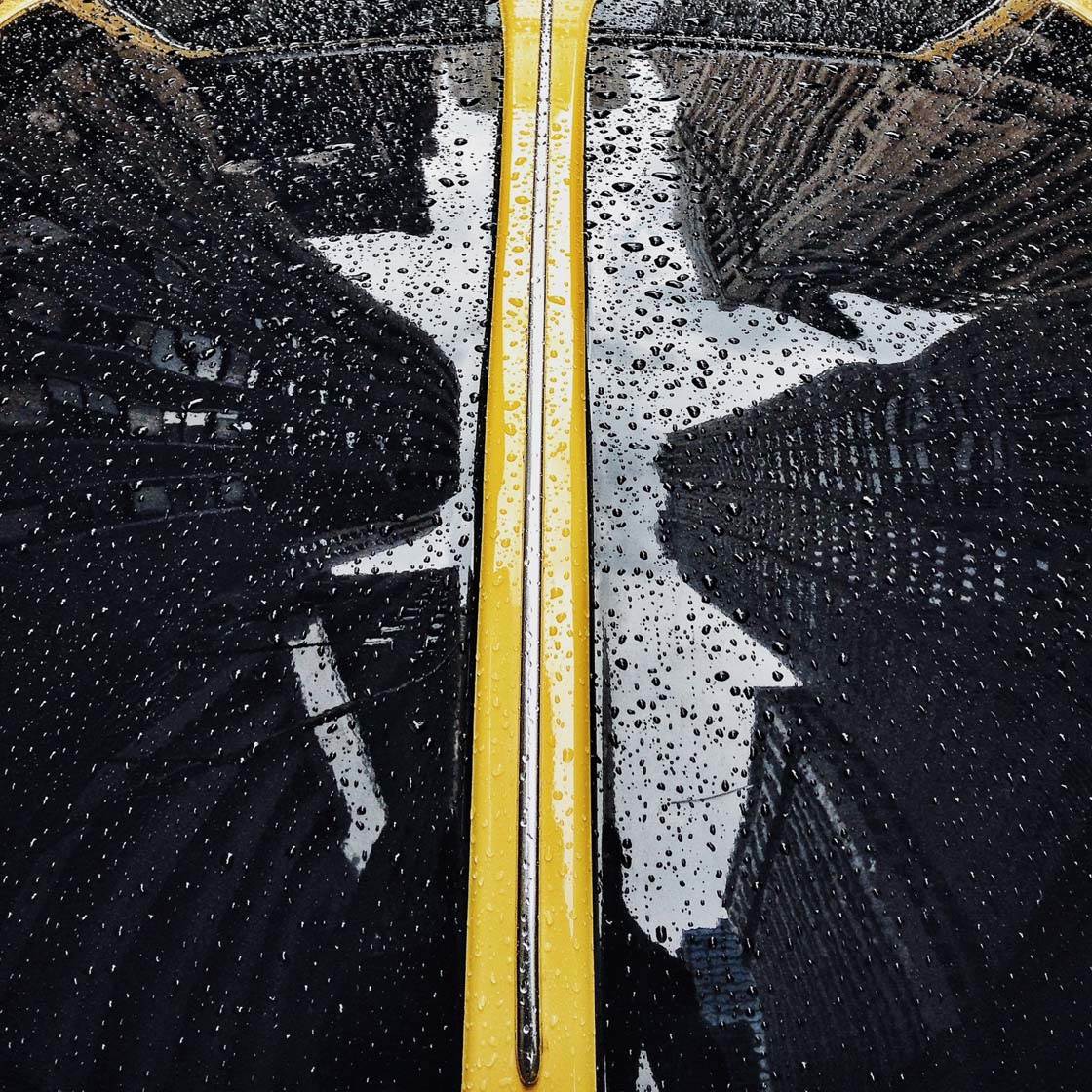
When there’s light reflecting off these shiny surfaces you should be able to find great reflections for your abstract photography.
Look for unique perspectives so that the viewer won’t immediately be able to recognize what the subject is. You want the viewer to linger on the photo while they work out what they’re looking at.
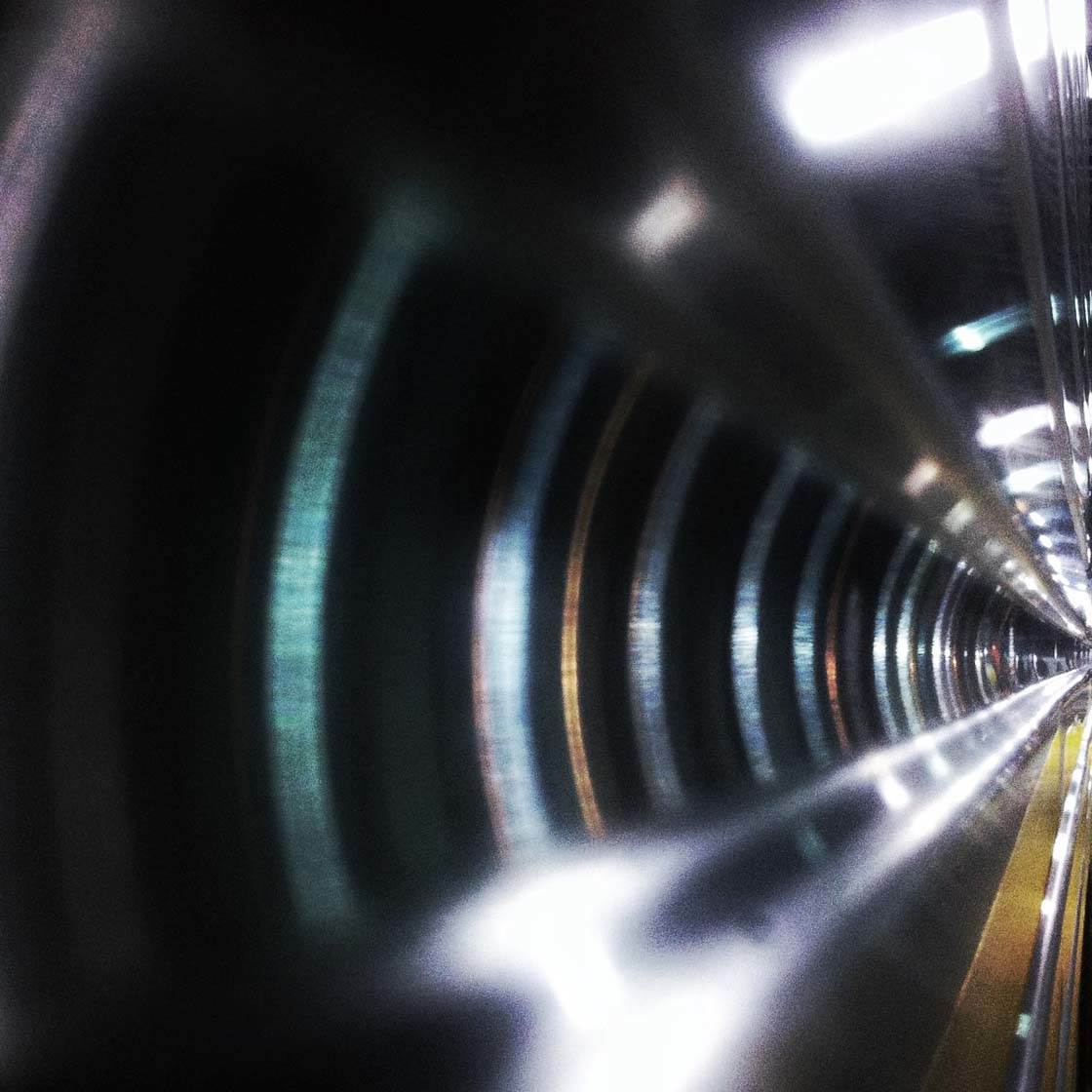
Some abstract reflections aren’t obvious from a distance, so you often need to get up close to these shiny objects. Experiment with your shooting angle until you achieve a good composition.
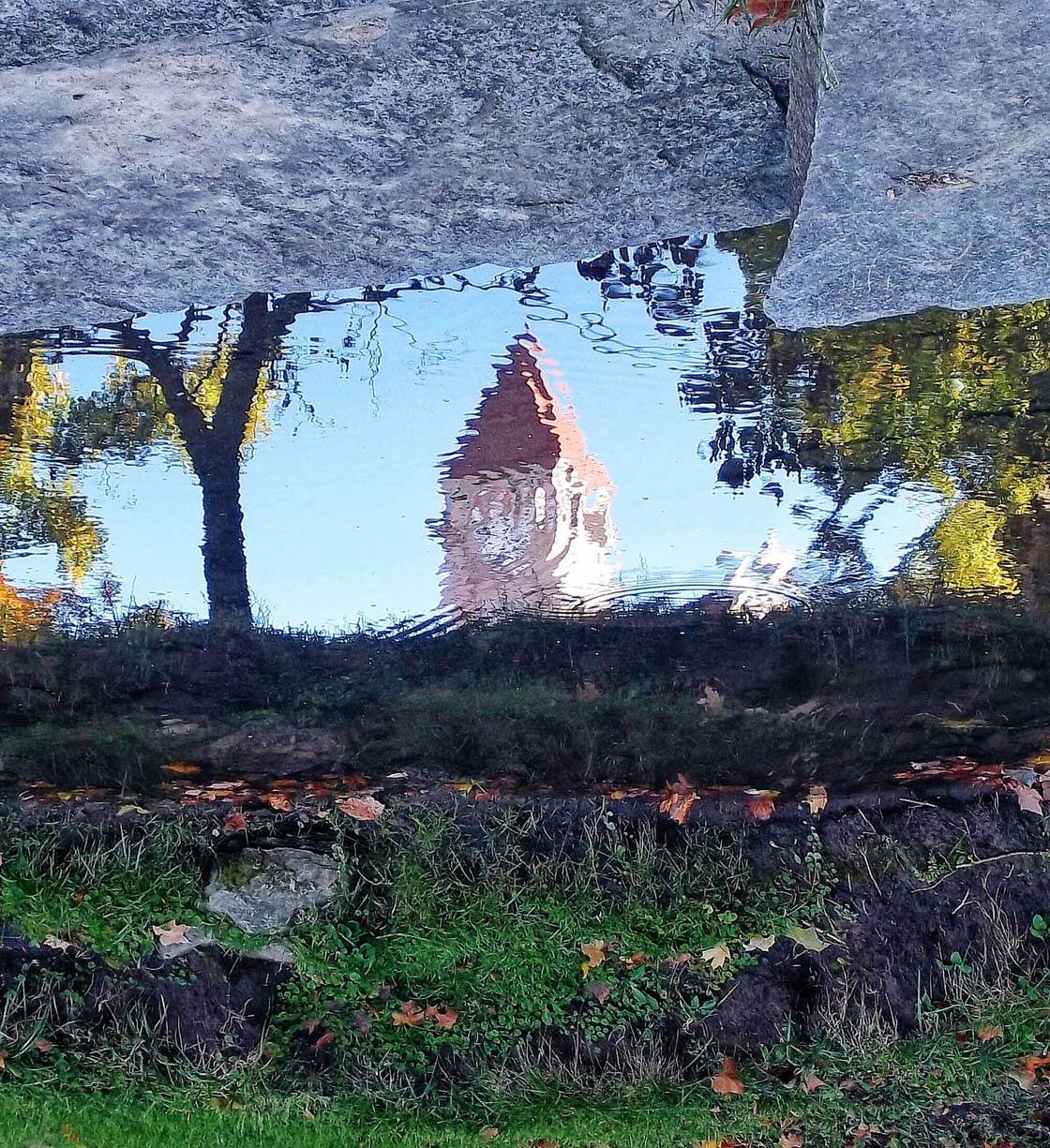
Water is another place where you’ll be able to find reflections. If there are ripples in the water’s surface it will create a beautiful painterly effect that will add to the abstract nature of the image.
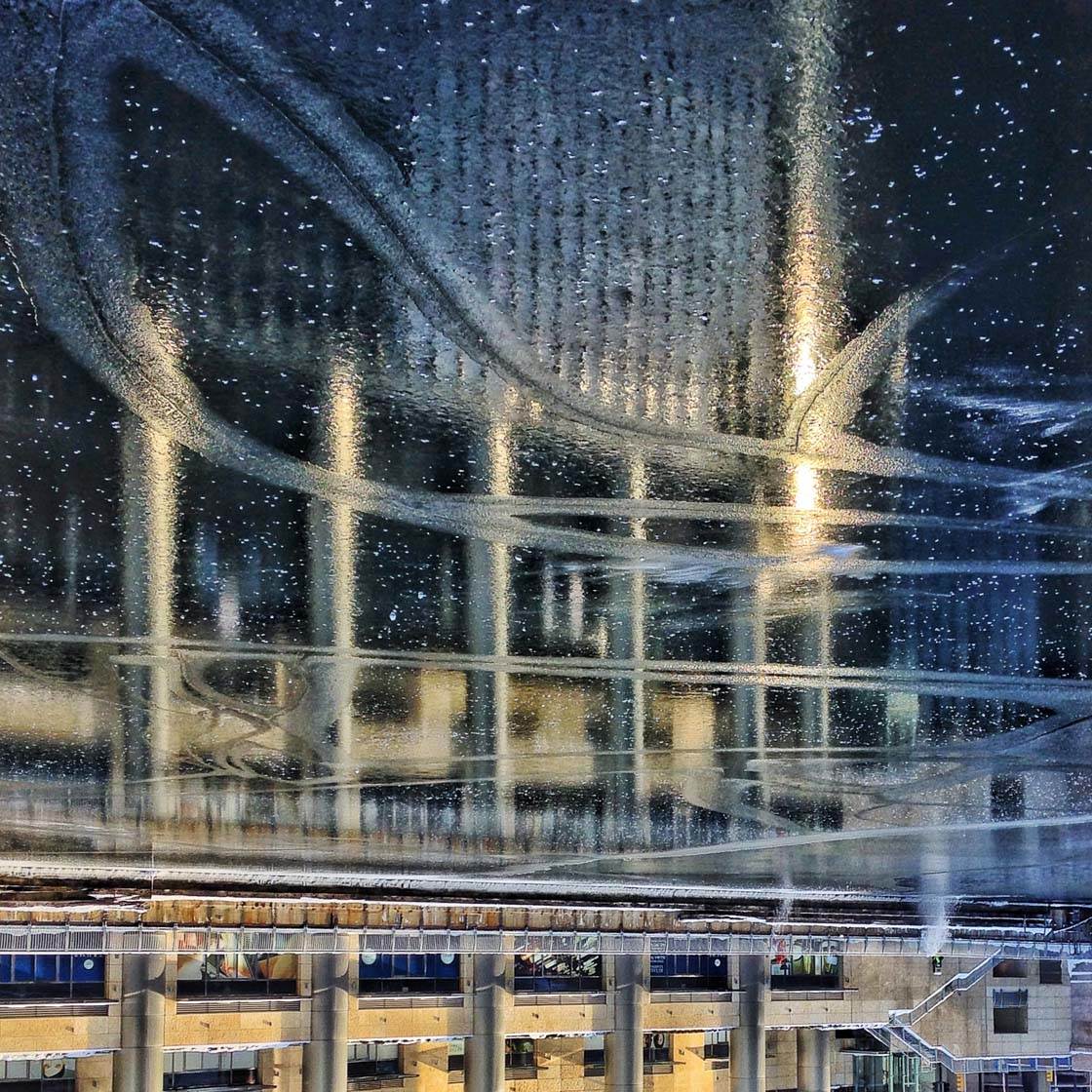
When the temperature drops during winter, look out for icy surfaces such as frozen ponds, lakes, rivers, or even puddles. The texture of the ice will create a stunning abstract effect.
You could also try flipping your reflection photos upside down to momentarily confuse the viewer!
4. Shoot Through Objects
Another interesting way to capture an abstract photo is to shoot through a medium that will distort the subject behind. Frosted or patterned glass, a plastic shower curtain, a glass bowl, or a window covered in rain drops will all create a cool effect.
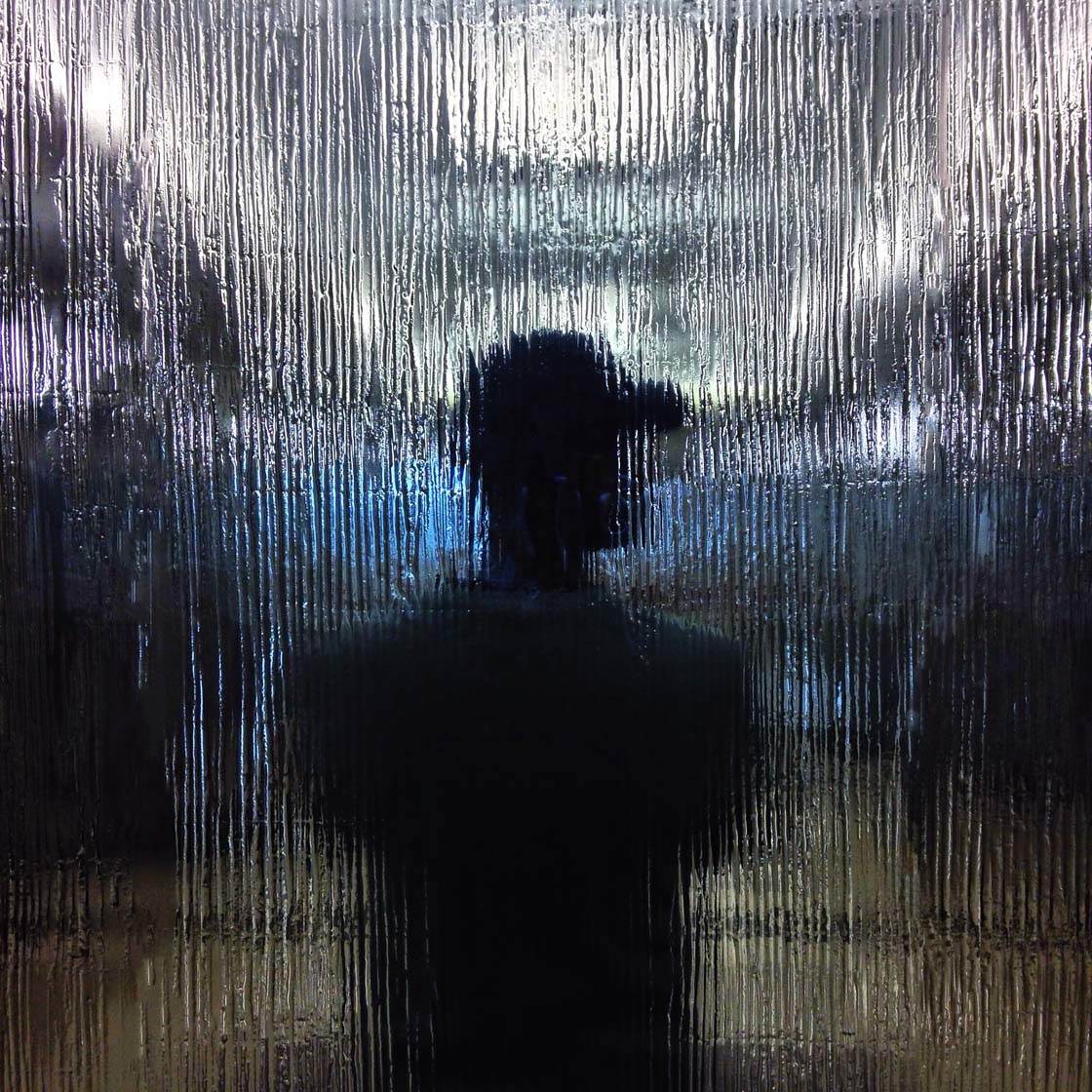
In the photo above, the rough surface of the glass adds an interesting texture, obscuring the detail of the figure standing behind it. This has created a wonderful abstract photo that just concentrates on shape, texture, light and color.
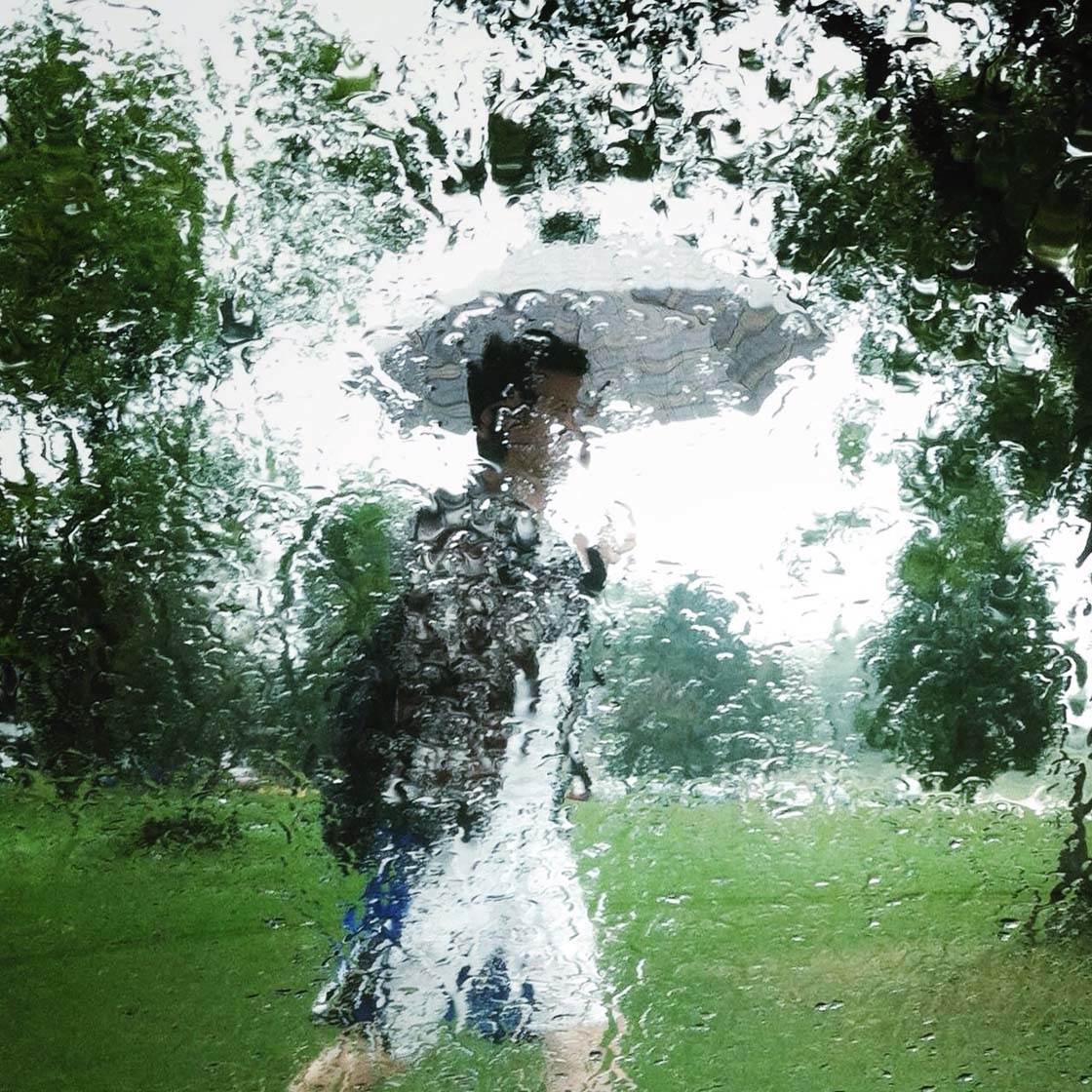
Next time it rains, try taking photos through a window or car windshield. Wait for a subject such as a person to walk in front of the glass frame, and be sure to use burst mode to capture multiple shots while they’re walking.
The water droplets will distort the scene outside, often creating a painterly effect that obscures a lot of the detail. There’s no telling the nature of the final image produced, but you’re sure to get interesting results!

How about getting a bit more creative? In the photo above I took a shot looking through a glass sphere/crystal ball, creating this unique inverted view.
5. Capture Shadows
Capturing shadows has always been a way of adding mystery, intrigue, and a strong visual impact to your photos. And you can certainly use them to great effect in abstract photography.

Look out for shapes, lines and patterns created by shadows, and use them to create an abstract composition that focuses on these geometric elements.
Shadows constantly change throughout the day, so study how their strength and pattern alters as the sun changes position in the sky. Shadows will appear at their strongest in harsh sunlight, and long shadows will appear when the sun is low in the sky.
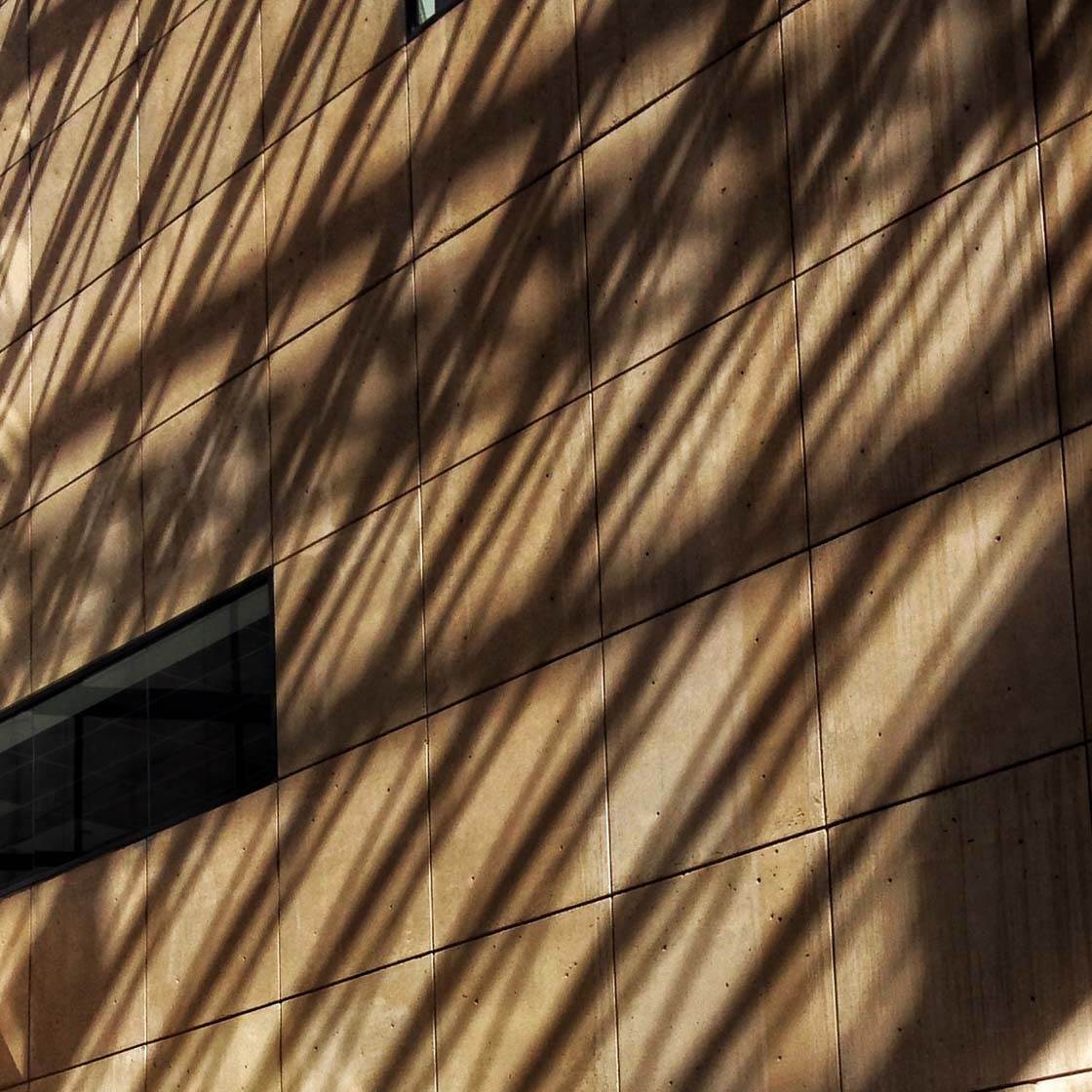
The golden hours around sunrise and sunset are a great time to look for shadows. The combination of warm colors and long shadows is perfect for capturing abstract patterns.
Look for shadows cast on walls, or get up to a high vantage point and capture shadows cast on the ground. Experiment with your shooting perspective and fill the frame with the pattern of the shadows.
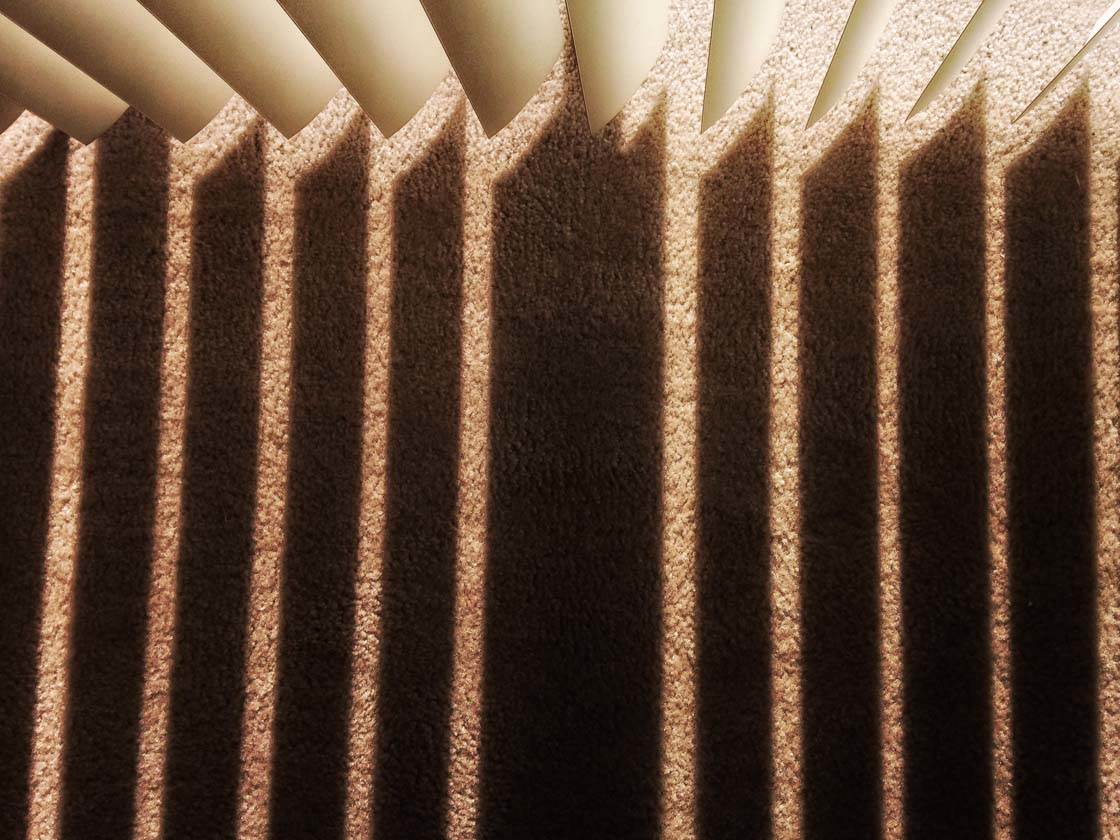
You can even find great shadows in your own home. When the sun is streaming through the windows, look out for interesting shadow patterns cast on the walls or floor. In the photo above I used the shadows cast by window blinds to create an abstract piece.
In post-processing you could try flipping or rotating the image to see if it creates a more unique abstract image.
6. Get Creative With Light
Finally, you could try experimenting with using light to create abstract photos. One fun technique is to create a long exposure image that captures light trails.
Any light source that’s moving can be used. For example, cars on a road at night, or somebody spinning a flash light, sparkler or even burning steel wool (take care not to burn yourself or set anything on fire!).
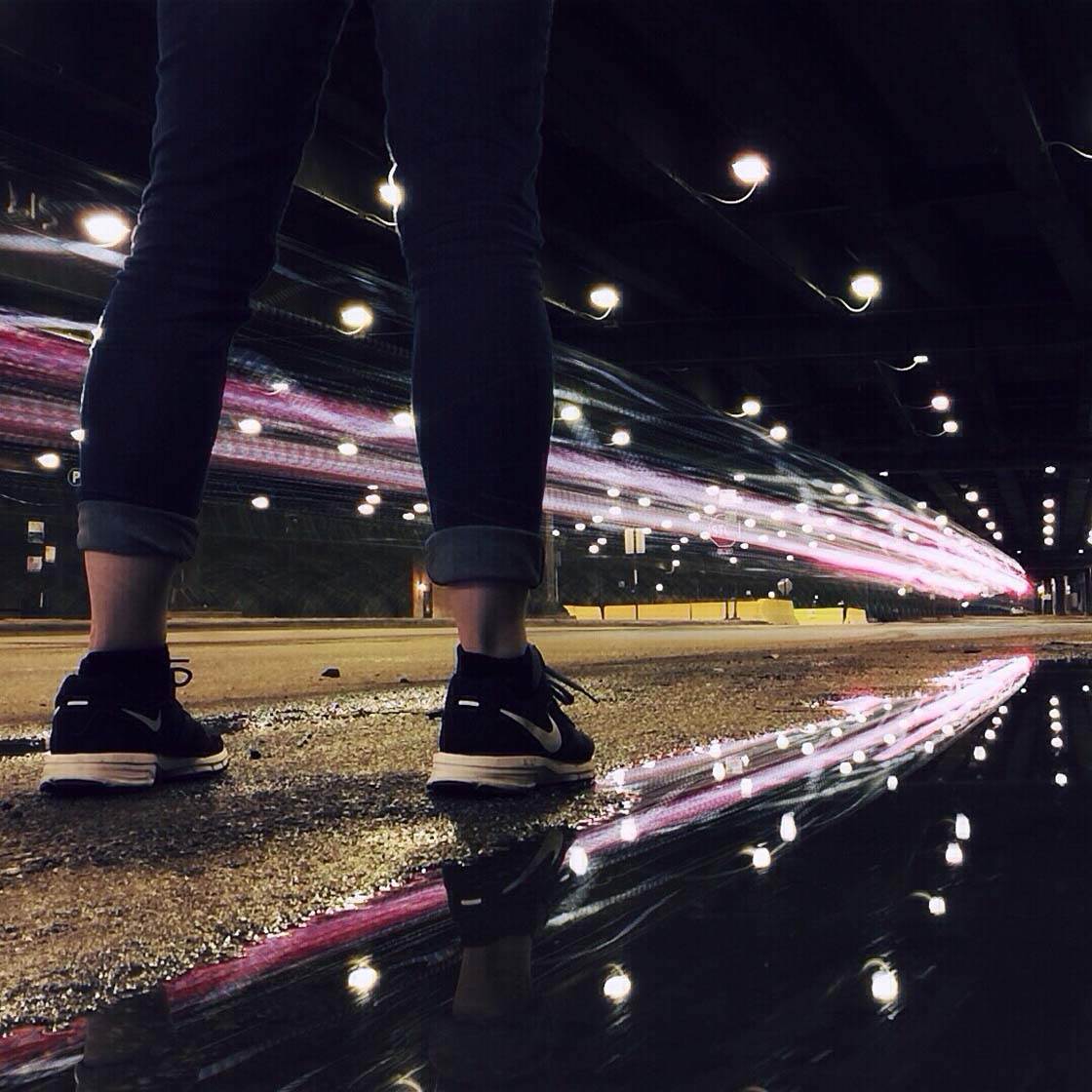
In the photo above, I used the Slow Shutter Cam app with the capture mode set to Light Trail and a shutter speed of 8 seconds. As a car drove by, it produced this pink light trail effect.
To ensure the rest of your image stays sharp when you take a long exposure photo, use an iPhone tripod or other method to keep the camera steady.
Another interesting technique you can try is to create bokeh. This is a technique that uses a shallow depth of field to create a blurred background. If you have lights in the background they’ll appear as blurred circles of light that will create a unique abstract image.
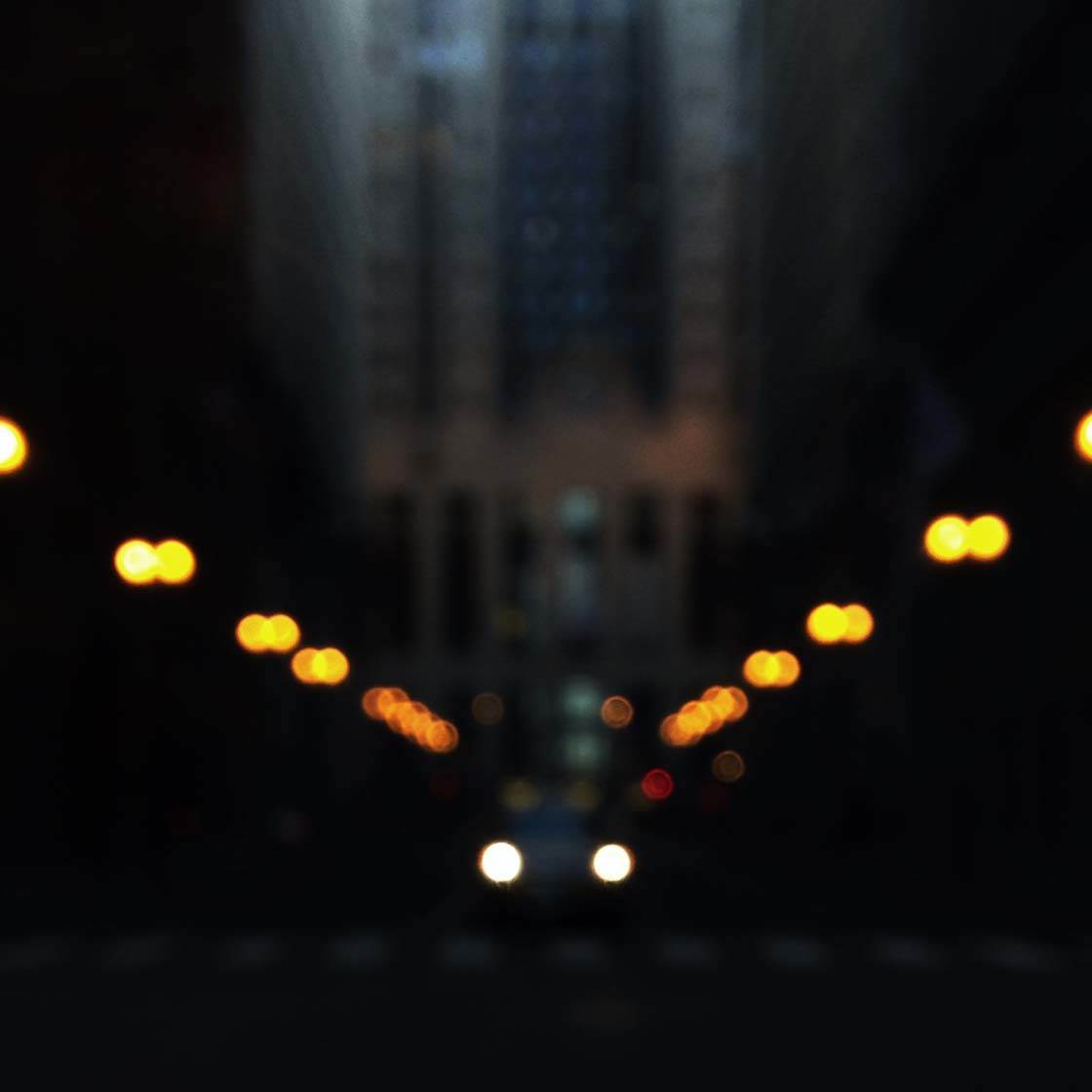
To create a shallow depth of field so that the background becomes blurred, you have to focus on a close-up subject first. To create this shot, I focused on something close to the camera – you could use any object, including holding your hand up close to the lens.
You need to lock focus on the close-up subject by tapping and holding on the screen until AE/AF Lock appears on the screen. If you don’t lock focus your camera will re-focus as soon as you point it at the distant scene.
Once focus is locked, point your camera at the lights in the distance and they should appear blurred. Adjust the exposure if necessary by swiping up or down on the screen, then take the shot.
Conclusion
As you’ve seen from my examples, there are lots of different subjects that you can use for abstract photography. It all depends on your imagination and how you see things in your surroundings.
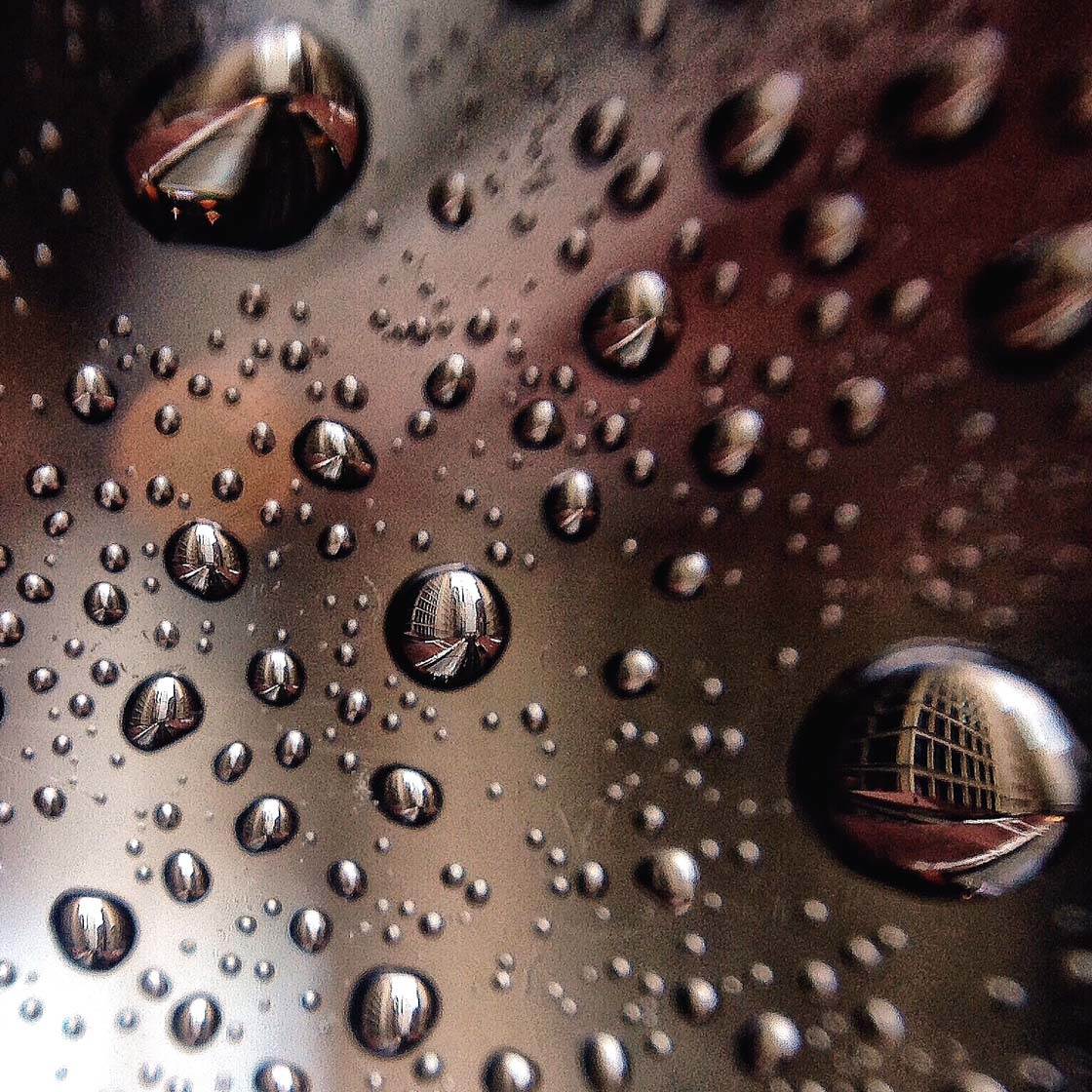
Learning to see ordinary objects in an abstract manner is the key to creating these kinds of photos. Rather than looking at the bigger picture, train your eye to focus on details such as patterns, shapes, lines, textures, colors, reflections, shadows and light.
Filling the frame with these details will create wonderful pieces of abstract art. One of the great things about abstract photography is that you don’t have to fully understand exactly what the photo is about in order to appreciate the elements.
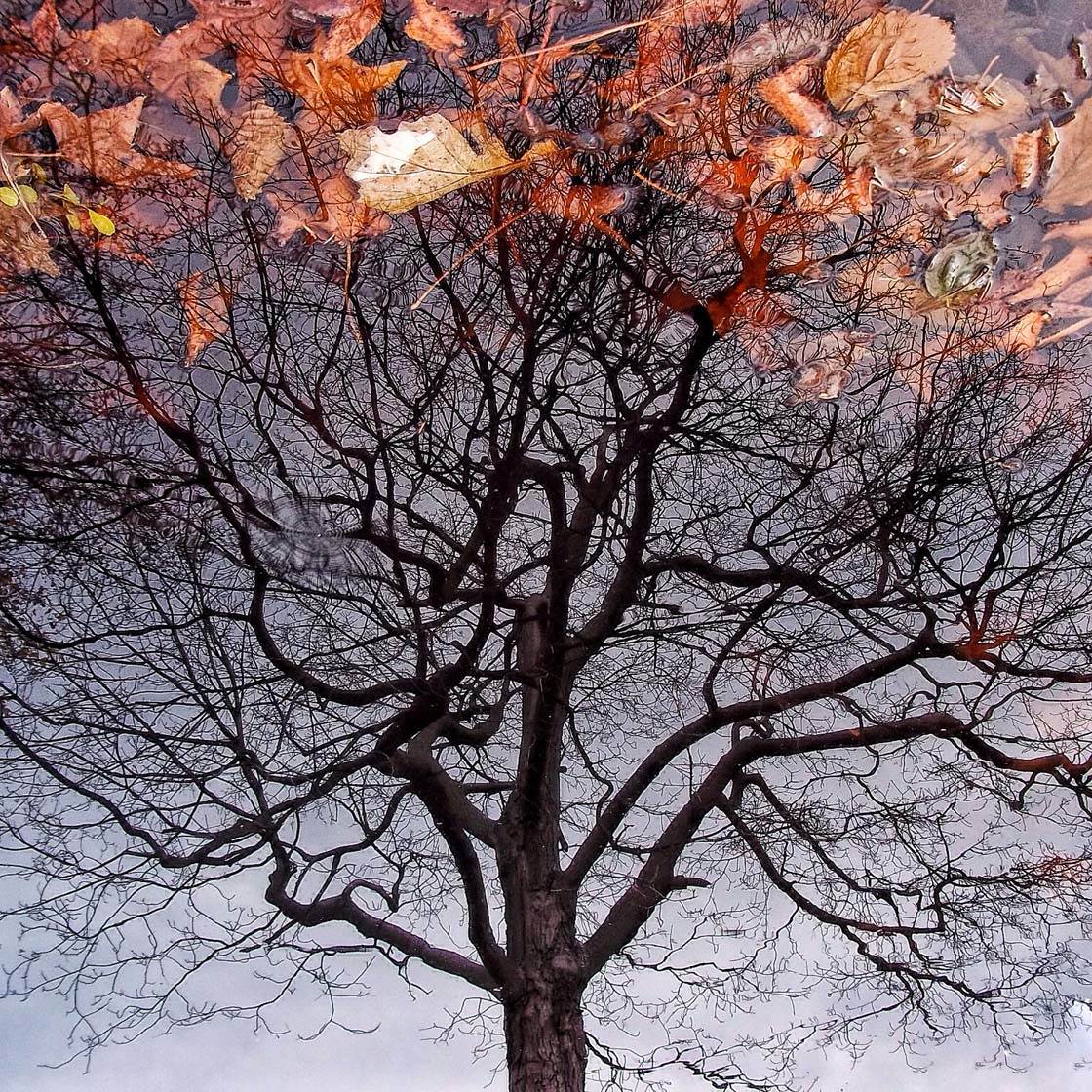
Finally, remember that abstract photography doesn’t always have to be exclusively about creating abstract art. You can also incorporate abstract elements into another genre of photography in order to create a powerful mood in your image.
For example, in street photography, abstract reflections from light projected onto a road may not be the subject of the photo, but it can add so much to the overall image.
So train your eyes to see things on a smaller, minimalist scale where necessary, but always be ready to incorporate abstract elements into a bigger picture where you see fit.
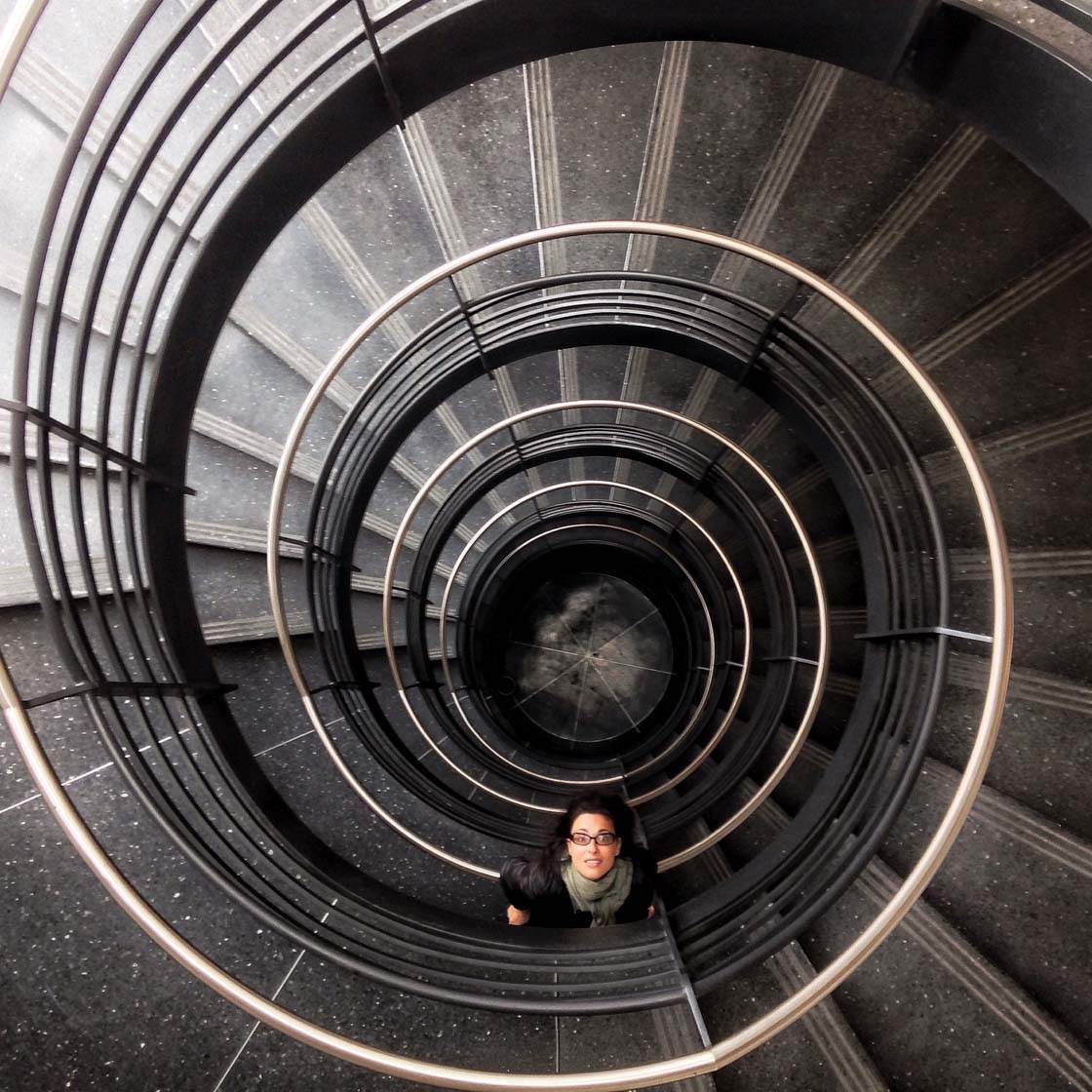
If you want to learn more about creating abstract images, check out our other article that covers 10 Tips For Creating Amazing Abstract iPhone Photos.


Congrats all!
Wow! Loved the pictures. 🙂 Thank you!
Thanks so much!